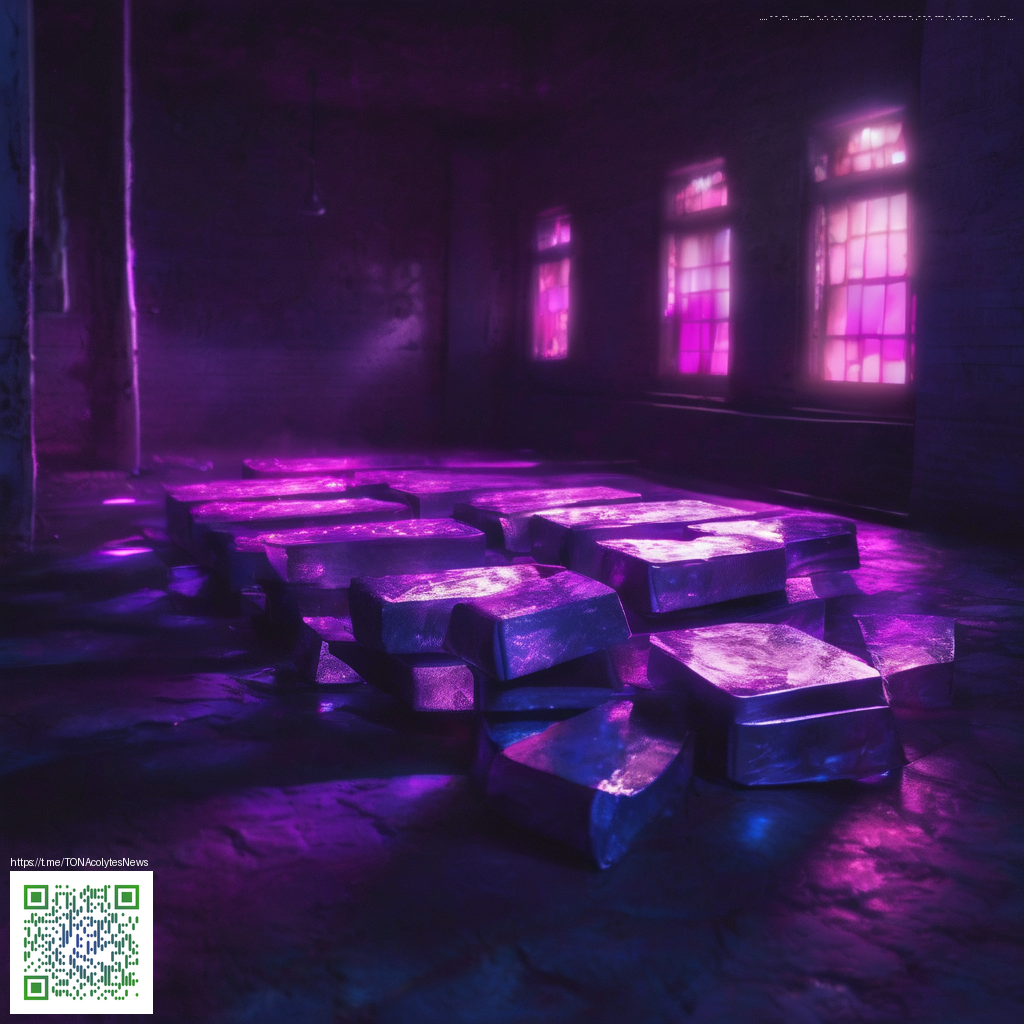
How to Master Layered Transparent Overlays on Digital Paper
Layering transparent overlays on digital paper is less about adding color and more about orchestrating depth, readability, and intent. Think of each overlay as a pane that you can slide in and out without committing to it. In practical terms, this means you can experiment with composition, annotations, and tonal relationships without ever mutating your base idea. The result is a workflow that feels almost tactile, yet lives entirely in the digital realm.
At the heart of this approach is the concept of non-destructive editing. Each overlay lives on its own layer, allowing you to adjust opacity, blend mode, or order without erasing anything you've sketched. The transparency of these sheets is what makes them powerful: they hint at possibilities while keeping the original document intact. As you grow more comfortable, you’ll discover that the right overlay can reveal structure you didn’t even realize was there.
Starting with a stable workspace
Before you begin stacking translucent sheets, set up a workspace that encourages precise, confident movements. A stable desk surface is essential, especially if you’re switching between a stylus, keyboard, and mouse. When your surface offers reliable friction, your overlays stay aligned, your lines stay clean, and your ideas can flow uninterrupted. If you’re in the market for a compact, dependable test surface, consider a Non-slip Gaming Mouse Pad - Anti-Fray Edges 9.5x8in as a practical companion. It isn’t glamorous, but its stability makes a measurable difference when you’re exploring fine overlay alignments.
“The best overlays are the ones you forget are there—subtle, supportive, and non-distracting.”
Practical workflow for transparent overlays
Adopting an orderly process helps you move from concept to clear, actionable visuals. Here’s a simple, repeatable flow you can adopt today:
- Define the base layer: Start with your core idea on a single, solid layer. This is your anchor—the reference against which every overlay will be judged.
- Introduce overlays with intent: Create new layers for shapes, notes, and guidelines. Label each layer clearly so you know what it’s meant to convey.
- Experiment with opacity: Lower the opacity of overlays to gauge how they influence the composition without overpowering the base. A good rule of thumb is to start around 20–40% and tweak from there.
- Play with blend modes: Overlay, Screen, Multiply, and Soft Light can dramatically alter how overlays interact with the base. Don’t fear switching modes to see which combination best communicates your idea.
- Observe legibility and focus: If an overlay distracts from the main focal point, adjust its position, opacity, or delete it. The aim is clarity, not clutter.
Advanced techniques for deeper layering
- Clipping masks keep overlays contained to a specific region, preserving the integrity of the base layer while enabling precise experimentation.
- Grouped overlays organize related concepts—for example, typography overlays versus illustration overlays—so you can toggle entire ideas on and off with a single click.
- Guides and grids add non-destructive scaffolds that help you align overlays with precision, especially when working on layouts or diagrams.
- Color relationships test a palette by applying overlays with subtle tints and watching how they shift perceived hue and value across layers.
In digital paper projects, layering isn’t just about aesthetics; it’s a strategic tool for planning, reviewing, and iterating. Each overlay acts as a hypothesis—what happens if I add this note here, or if I shift this shape slightly? The process invites you to test, learn, and refine in a forgiving environment.
As you become more fluent, you’ll discover that layering transparent overlays translates across disciplines—from architectural diagrams to UI prototypes and thoughtful journaling. It’s a flexible approach that rewards patience, careful labeling, and disciplined toggling. For professionals, this means faster iteration cycles, better collaboration, and a more intentional end result.
If you’re exploring overlay workflows in a shared or public workspace, keep your assets organized and your base intact. The aim is to preserve the core concept while you try multiple variations—without losing your original insight.
A quick note on resources
Beyond software-based layering, the discipline extends to physical materials as well—overlay sheets, tracing paper, or translucent film can help you pre-visualize digital ideas in a tangible way. If you’re curious about practical accessories that support a steady, distraction-free setup, the mouse pad link above offers a compact, dependable option that travels well with your workstation.